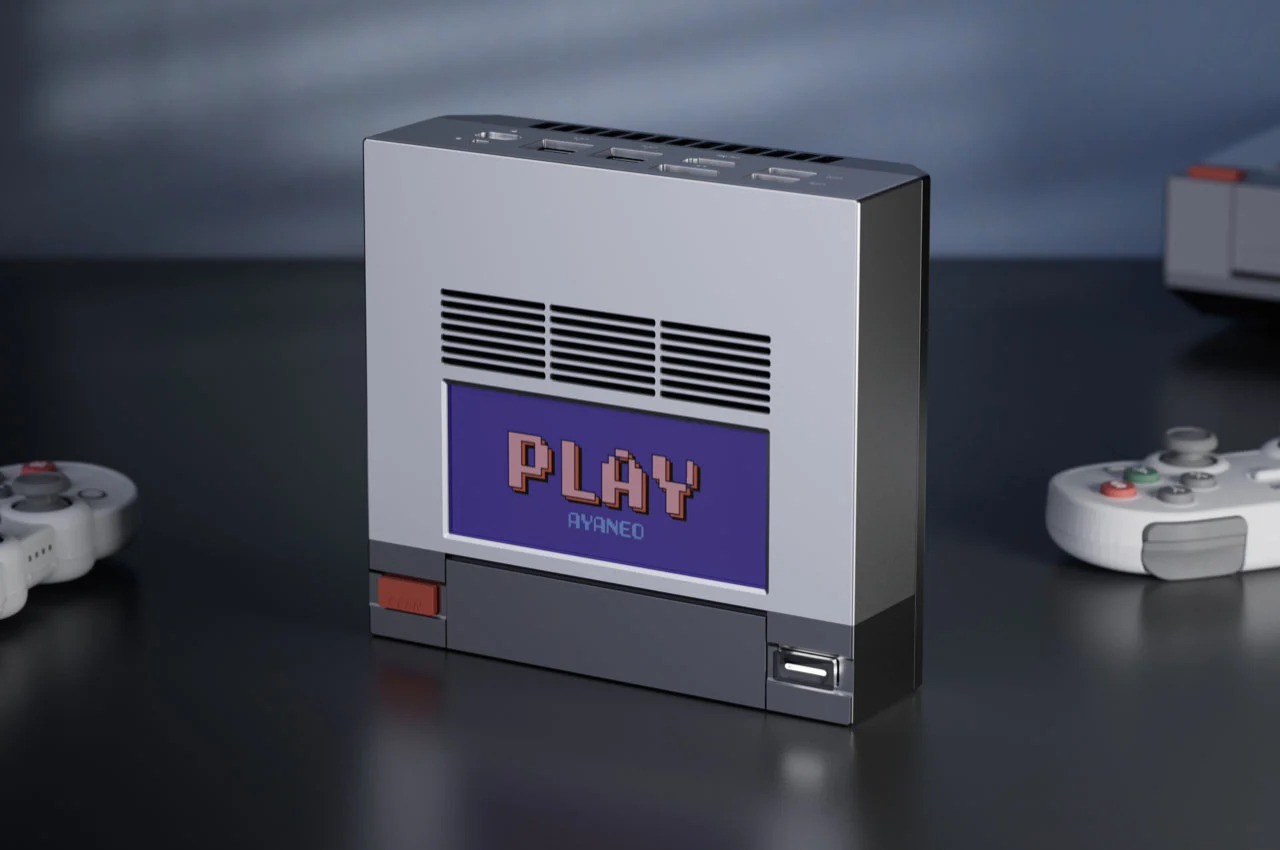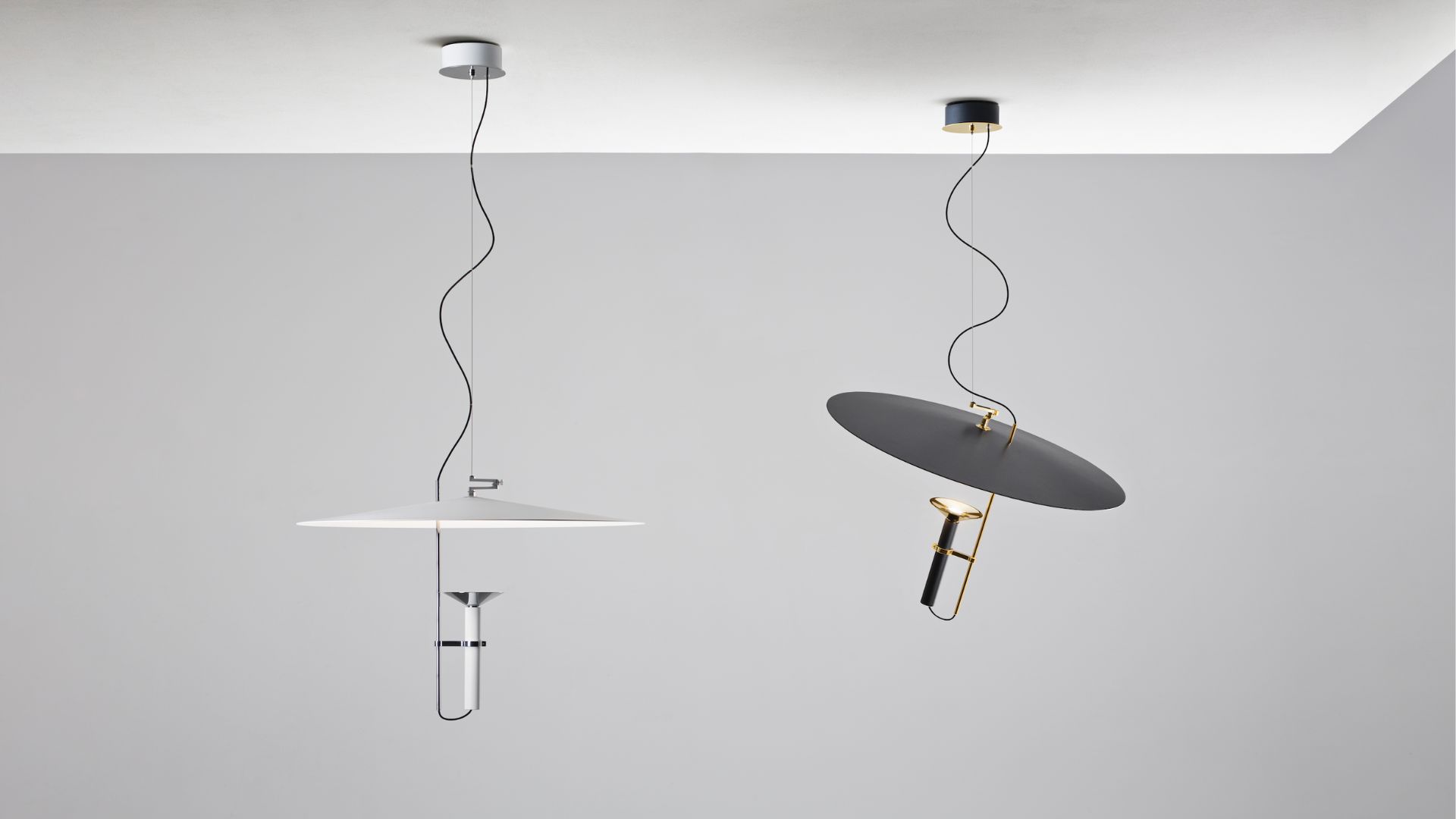
THE FOLDING MAGSAFE WIRELESS CHARGER FOR IPHONE 15 SERIES IS POCKET-SIZED
When you get an iPhone 15 series smartphone, you’ll want accessories to simplify your life. For instance, a wireless charger

When you get an iPhone 15 series smartphone, you’ll want accessories to simplify your life. For instance, a wireless charger

The AYANEO Mini PC AM01, with its nostalgic Mac design, has stirred excitement among tech experts, and rightly so. It

Saudi mega-project Neom introduces Xaynor, a beachfront members’ club on the Gulf of Aqaba, designed by Mexican studio Sordo Madaleno

High-end smartphones can be quite expensive nowadays, especially premium models with advanced features. Limited editions are not uncommon in this

Ever felt strange chatting with Siri, Google Assistant, or even ChatGPT, knowing they don’t really exist? Wehead has a solution—it

Webcams are like car stereos for laptops. In the past, car manufacturers didn’t prioritize the quality or power of their

Stilnovo broadens its lighting collection with a minimal, contemporary, and lightweight design inspired by the captivating world of space.

Neom, a large project in Saudi Arabia, has revealed plans for a development called Siranna. This project includes apartments and
NEOM, a cutting-edge development in northwest Saudi Arabia, has revealed its newest destination, Epicon. Known for groundbreaking projects like The